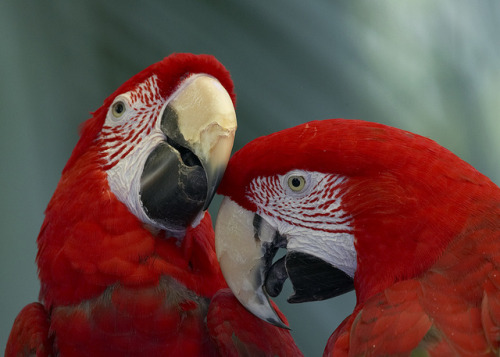One of the first signs of fall is the shifting flocks of Canada Geese migrating in a long, honking, irregular “V” across sky. Flying in “V” formations conserves their energy. Each bird flies slightly above the bird in front of him, resulting in a reduction of wind resistance. It also allows each bird an unobstructed field of vision, so flock members can see each other and communicate while in flight.
 The Canada Goose is a year round resident of mid-Michigan’s riverbanks, ponds, golf courses and farmlands. However the Canadian and Upper Peninsula geese do migrate down to the southern U.S. from September to November. They eat aquatic vegetation, grasses and grains. If one area freezes or their source of food is depleted, they fly to more hospitable grounds.
The Canada Goose is a year round resident of mid-Michigan’s riverbanks, ponds, golf courses and farmlands. However the Canadian and Upper Peninsula geese do migrate down to the southern U.S. from September to November. They eat aquatic vegetation, grasses and grains. If one area freezes or their source of food is depleted, they fly to more hospitable grounds.  Often called the Canadian Goose, the Canada Goose (Branta canadensis) is one of the most recognizable birds in Michigan. At 16-25 inches long with a wingspan of 50-68 inches, both the male and female are large long-necked geese with black bills, black heads and necks with white throat patches that extend up the cheek. The body is brown with a brownish-white breast and belly. At least 11 subspecies of Canada Goose have been recognized and as of 2004 some of the smaller subspecies were designated their own species like the Cackling Goose.
Often called the Canadian Goose, the Canada Goose (Branta canadensis) is one of the most recognizable birds in Michigan. At 16-25 inches long with a wingspan of 50-68 inches, both the male and female are large long-necked geese with black bills, black heads and necks with white throat patches that extend up the cheek. The body is brown with a brownish-white breast and belly. At least 11 subspecies of Canada Goose have been recognized and as of 2004 some of the smaller subspecies were designated their own species like the Cackling Goose.Geese and other waterfowl like to sleep in the water for safety.
Any predator coming toward them through the water would send vibrations and warn the birds of any danger approaching.
You may also see geese on the shoreline sleeping while they stand on one foot and one eye open. Always on the lookout for danger, the ability to sleep with only half a brain and one eye open is called unihemispheric slow-wave sleep (USWS).






































